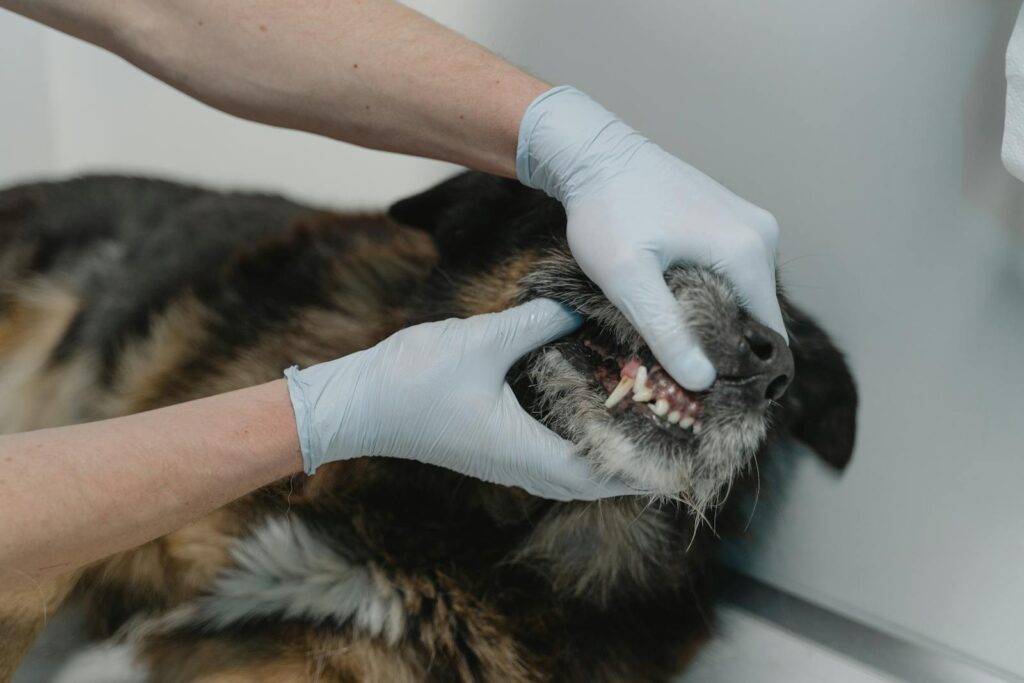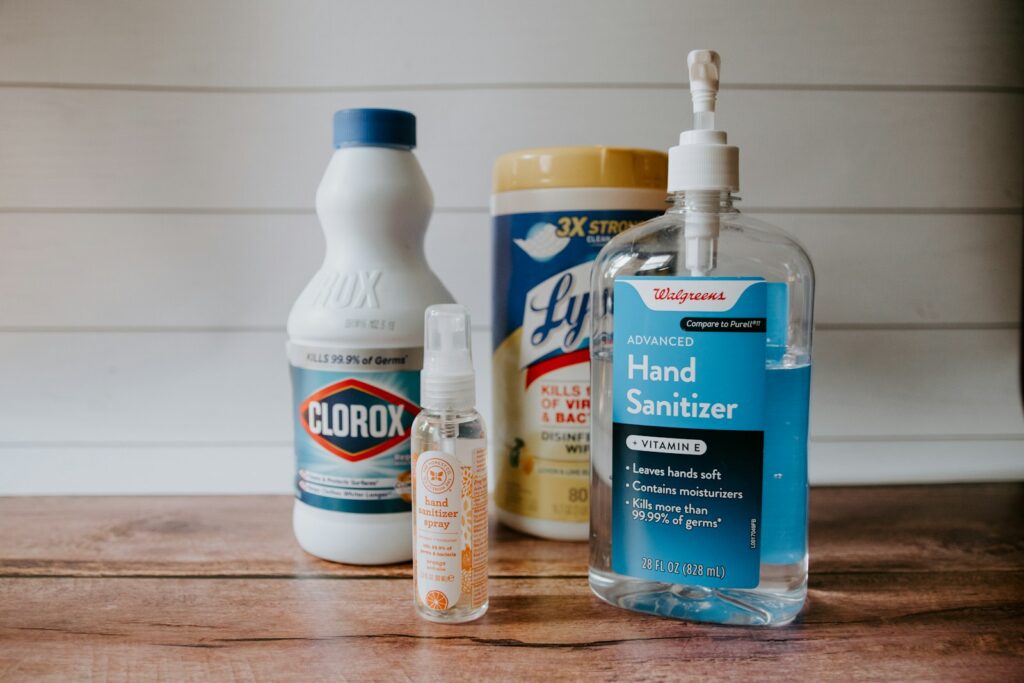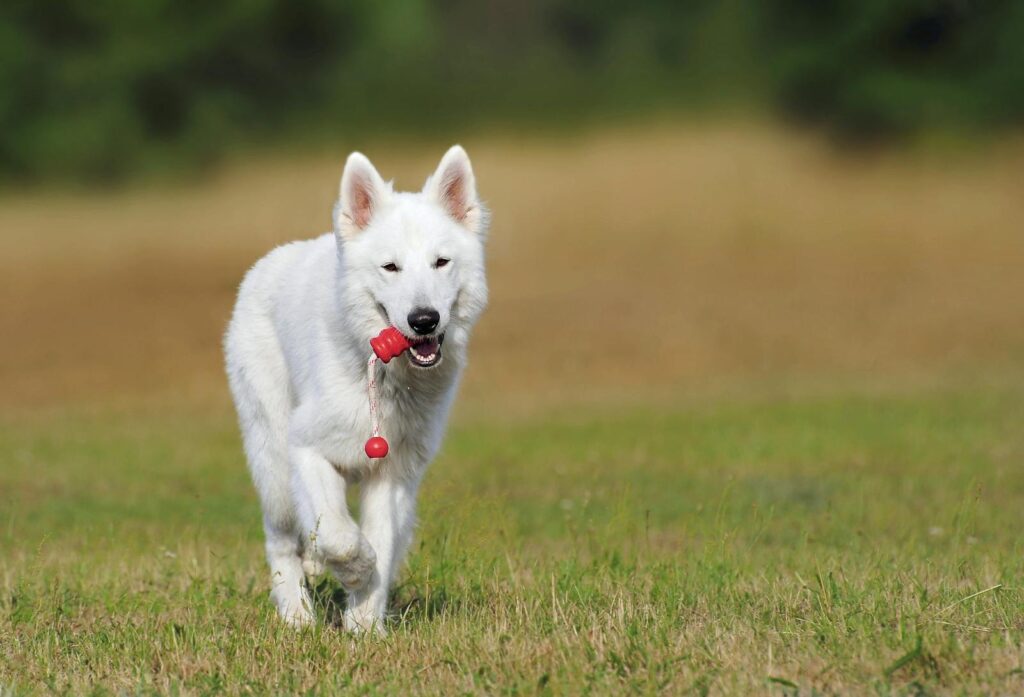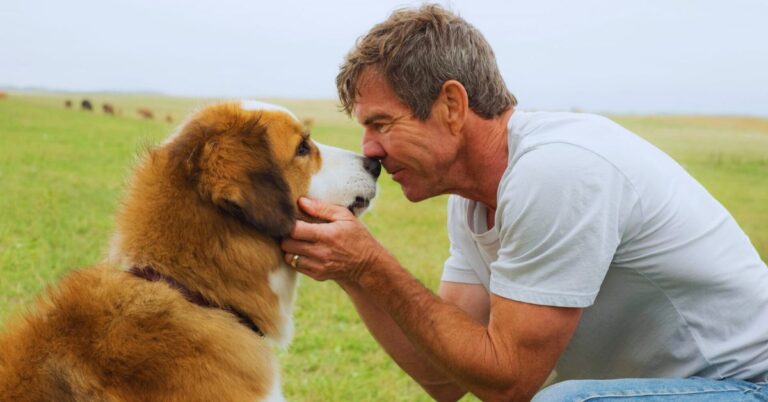30 Ways You’re Shortening Your Dog’s Life

Every dog owner wants their furry companion to live a long and healthy life, but certain common mistakes can unintentionally shorten their lifespan. While genetics play a role, lifestyle choices, health care, and environmental factors significantly impact longevity. Here are 30 ways you might be reducing your dog’s lifespan without realizing it—and how to fix them.
Overfeeding and poor diet.

Feeding your dog too much or giving them unhealthy food can lead to obesity, diabetes, and heart disease. High-calorie treats, table scraps, and low-quality dog food may cause long-term health issues. A well-balanced, vet-approved diet tailored to their size and activity level is crucial for overall health and longevity.
Not exercising enough.

Pups also need physical activity to stay fit and mentally stimulated. Not enough exercise can lead to obesity, joint problems, anxiety, and destructive behavior. Whether it’s daily walks, runs, or playtime, ensuring your dog gets enough movement will help prevent long-term health complications and keep them happy and engaged.
Letting them become overweight.

Excess weight strains your dog’s joints, heart, and internal organs. It also increases the risk of conditions like arthritis, diabetes, and breathing issues. Regular weigh-ins, portion control, and exercise are necessary to prevent obesity. Keeping them at a healthy weight can significantly extend their lifespan and improve their quality of life.
Feeding human food that is toxic to dogs.

Many human foods, including chocolate, grapes, onions, xylitol, and garlic, are toxic to dogs. Even small amounts can cause serious health issues such as kidney failure, liver damage, or neurological disorders. Always research before offering table scraps, and stick to dog-safe treats and veterinarian-approved diets.
Skipping regular vet checkups.

Routine veterinary visits help detect early signs of illness before they become serious. Dogs may not show obvious symptoms of diseases like cancer, diabetes, or heart problems. Annual checkups, vaccinations, and wellness screenings ensure your pet stays healthy and any medical conditions are treated before they progress into life-threatening issues.
Ignoring dental health.

Poor dental hygiene can lead to painful infections, gum disease, and even heart problems. Tartar buildup allows harmful bacteria to enter the bloodstream, potentially affecting vital organs. Brushing your dog’s teeth regularly, providing dental chews, and scheduling professional cleanings will help prevent periodontal disease and other dental-related health complications.
Not providing mental stimulation.

Dogs need mental enrichment to stay sharp and happy. A lack of stimulation can lead to anxiety, boredom, and destructive behaviors. Interactive toys, obedience training, puzzle feeders, and socialization with other pets or people help prevent cognitive decline and stress-related illnesses, promoting a healthier, more fulfilling life.
Letting them roam unsupervised.

Allowing your dog to roam freely exposes them to numerous dangers, including getting hit by cars, being attacked by other animals, and ingesting toxic substances. Even well-trained dogs may chase after something unexpected. Keeping them on a leash or in a securely fenced area is essential to prevent accidents and injuries.
Not keeping up with vaccinations.

Skipping vaccinations leaves your dog vulnerable to deadly diseases like rabies, parvovirus, and distemper. Some illnesses, such as leptospirosis, can also spread to humans. Following a vet-recommended vaccination schedule protects your dog from preventable diseases and helps keep them healthy throughout their life.
Allowing parasites to go untreated.

Fleas, ticks, and worms can cause serious health issues, including anemia, skin infections, and organ damage. Heartworms, in particular, can be fatal if left untreated. Regular parasite prevention, including flea and tick treatments and heartworm medication, is essential for keeping your dog safe from these harmful infestations.
Exposing them to extreme temperatures.

Dogs are vulnerable to extreme weather conditions. Heatstroke can occur quickly in hot weather, while cold temperatures can cause hypothermia and frostbite. Avoid walking your dog during peak heat, always provide fresh water and shade, and use protective clothing or limit outdoor time in freezing conditions to keep them safe.
Neglecting joint health in senior dogs.

As dogs get older, their joints become more fragile, leading to arthritis and mobility issues. Ignoring signs of discomfort can reduce their quality of life. Providing joint supplements, soft bedding, moderate exercise, and veterinary checkups helps maintain mobility and prevent unnecessary pain as they grow older.
Using harmful household products.

Many common household items, including cleaning supplies, essential oils, and insecticides, can be toxic to dogs. Exposure to certain chemicals can cause respiratory distress, poisoning, or organ failure. Always use pet-safe cleaning products, keep hazardous substances out of reach, and ensure your dog isn’t inhaling harmful fumes.
Not spaying or neutering when necessary.

Unaltered dogs are at higher risk for reproductive cancers, infections, and aggressive behaviors. Spaying and neutering helps control the pet population and prevent potentially fatal health complications. Contact your veterinarian to determine the best timing for your dog’s procedure based on their breed and size.
Ignoring early signs of illness.

Dogs are experts at hiding pain, so by the time symptoms become obvious, a disease may already be advanced. Changes in appetite, energy levels, or behavior can signal underlying health issues. Observing small changes and addressing them promptly with a vet visit can prevent conditions from worsening.
Not providing proper hydration.

Dehydration can lead to kidney damage, overheating, and digestive issues. Dogs should always have access to fresh, clean water, especially during hot weather or after exercise. Proper hydration is crucial for maintaining organ function, temperature regulation, and overall health.
Leaving them alone too often.

Dogs are social animals that need companionship. Being left alone for long periods can lead to anxiety, depression, and destructive behaviors. If long absences are unavoidable, hiring a dog walker, providing interactive toys, or even adopting a companion dog can help reduce feelings of loneliness.
Playing too rough with puppies and small dogs.

Excessive roughhousing, jumping from heights, or inappropriate play can lead to joint problems, broken bones, or long-term mobility issues. Young puppies and small breeds are particularly vulnerable. Ensuring gentle, appropriate play helps prevent injuries that could affect them later in life.
Exposing them to secondhand smoke.

Cigarette smoke can cause respiratory issues, allergies, and even cancer in dogs. Dogs that live in households with smokers are more prone to lung disease and other health problems. Keeping a smoke-free environment helps ensure they live a longer, healthier life.
Not securing them in the car.

Allowing dogs to roam freely in a moving car increases the risk of injury in case of an accident. Sudden stops or turns can throw a dog across the vehicle. Using a pet seatbelt, travel crate, or car barrier keeps them safe during car rides.
Letting them drink from puddles or standing water.

Outdoor water sources, such as puddles, lakes, or stagnant pools, can be contaminated with harmful bacteria, parasites, or toxic chemicals. Diseases like leptospirosis and giardia are commonly spread through contaminated water, leading to serious infections that can damage a dog’s liver, kidneys, or digestive system.
Using outdated or harsh training methods.

Training with punishment, fear-based techniques, or physical corrections can damage the bond between you and your dogwhile also causing stress and anxiety. Methods such as shock collars, hitting, or yelling can lead to behavioral problems, fearfulness, and aggression.
Not checking their paws regularly.

Dogs’ paws endure rough surfaces, extreme temperatures, and potential hazards such as sharp objects, thorns, or road salt. Failing to check their paws can lead to infections, burns, or injuries that go unnoticed. Regularly inspecting paws for cuts, swelling, foreign objects, or cracked pads ensures early intervention and prevents long-term discomfort or infections from developing.
Giving them too many treats.

While treats are great for training and rewarding good behavior, excessive treats can contribute to obesity, nutritional imbalances, and digestive issues. Many commercial dog treats are high in calories, fats, and artificial additives. Moderation is key—choosing healthier, low-calorie options and considering portion control will keep your dog happy without unnecessary weight gain or health risks.
Ignoring breed-specific health risks.

Different dog breeds have unique genetic predispositions to certain health conditions. Large breeds like German Shepherds and Labradors are prone to hip dysplasia, while short-nosed (brachycephalic) breeds like Pugs and Bulldogs commonly suffer from breathing difficulties.
Not providing a comfortable sleeping area.

Dogs need proper rest and support for their joints, especially as they age. Sleeping on hard floors or inappropriate bedding can lead to discomfort, joint pain, and pressure sores. Investing in a soft, orthopedic, or well-padded dog bed helps improve sleep quality, supports joint health, and prevents aches or stiffness, particularly in senior dogs.
Leaving toxic plants within reach.

Many common houseplants and garden flowers are toxic to dogs if ingested. Plants like lilies, azaleas, sago palms, and poinsettias can cause severe reactions, including vomiting, organ failure, and even death. Keeping houseplants out of reach, researching pet-safe alternatives, and monitoring outdoor gardens can prevent accidental poisoning and ensure a safe living environment.
Feeding them bones or unsafe chew toys.

Cooked bones, especially poultry bones, can splinter and cause choking, intestinal blockages, or internal injuries. Some rawhide treats are processed with harmful chemicals and can be difficult to digest. Providing safe alternatives such as rubber chew toys, bully sticks, or vet-approved dental chews can help satisfy their chewing instincts without the risk of serious health problems.
Neglecting leash training.

Dogs that aren’t properly leash-trained may pull, dart into traffic, or get into dangerous confrontations with other animals. Poor leash behavior increases the risk of injuries and accidents, both for the dog and the owner. Teaching loose-leash walking, using the right harness or collar, and practicing controlled outings can ensure safe and enjoyable walks.
Not giving them enough love and attention.

Dogs thrive on affection, companionship, and quality time with their owners. Neglecting their emotional needs can lead to stress, anxiety, and behavioral problems. Spending time playing, training, and bonding with your dog strengthens your relationship, reduces stress, and promotes overall well-being. Love and attention are just as vital as food and exercise for a long and happy life.





